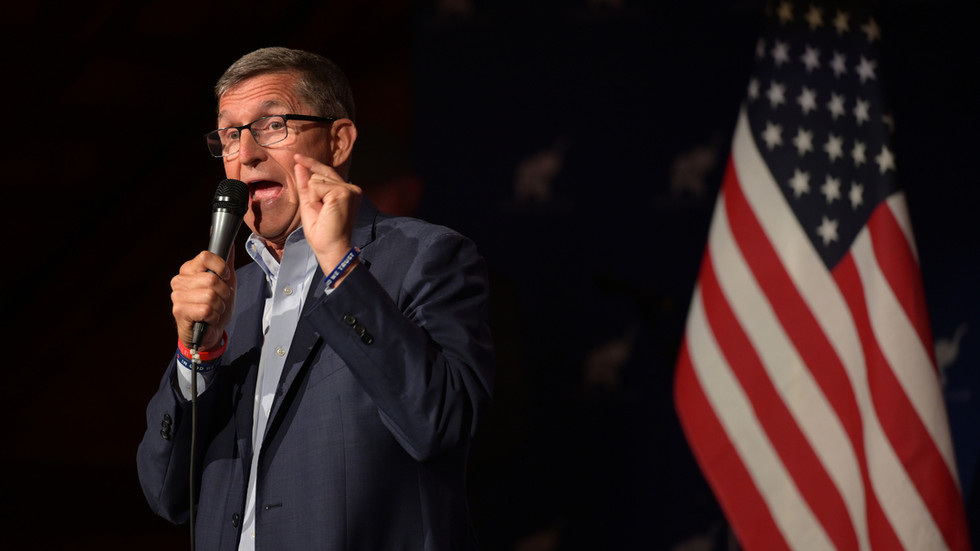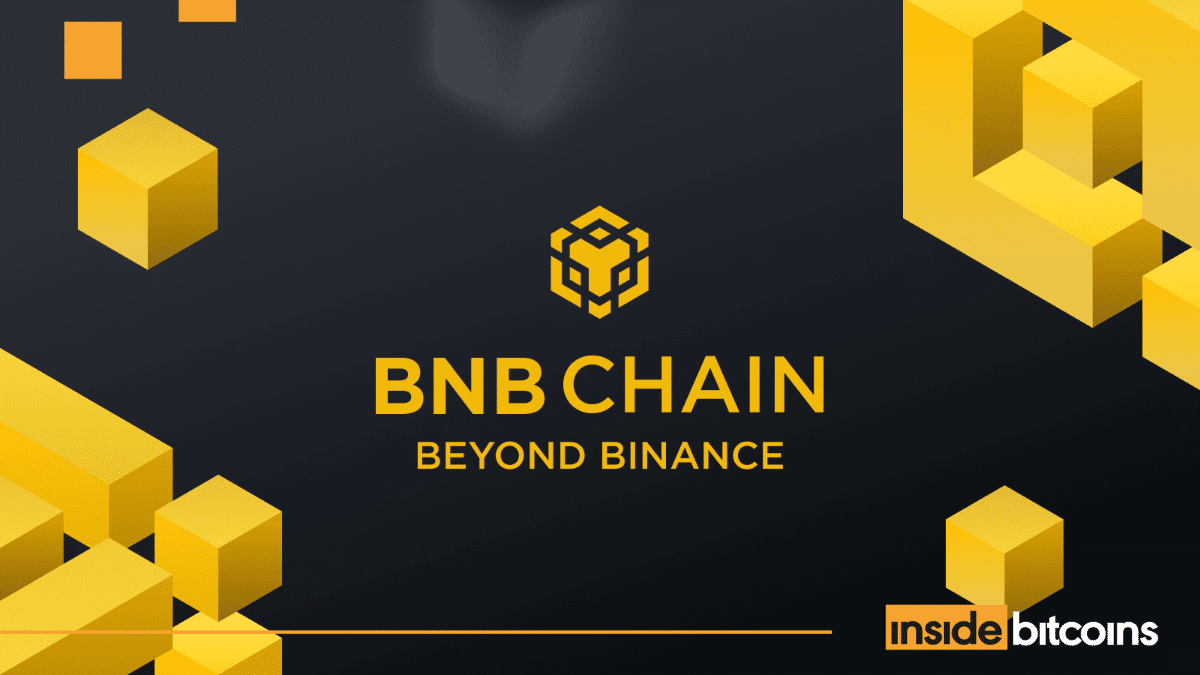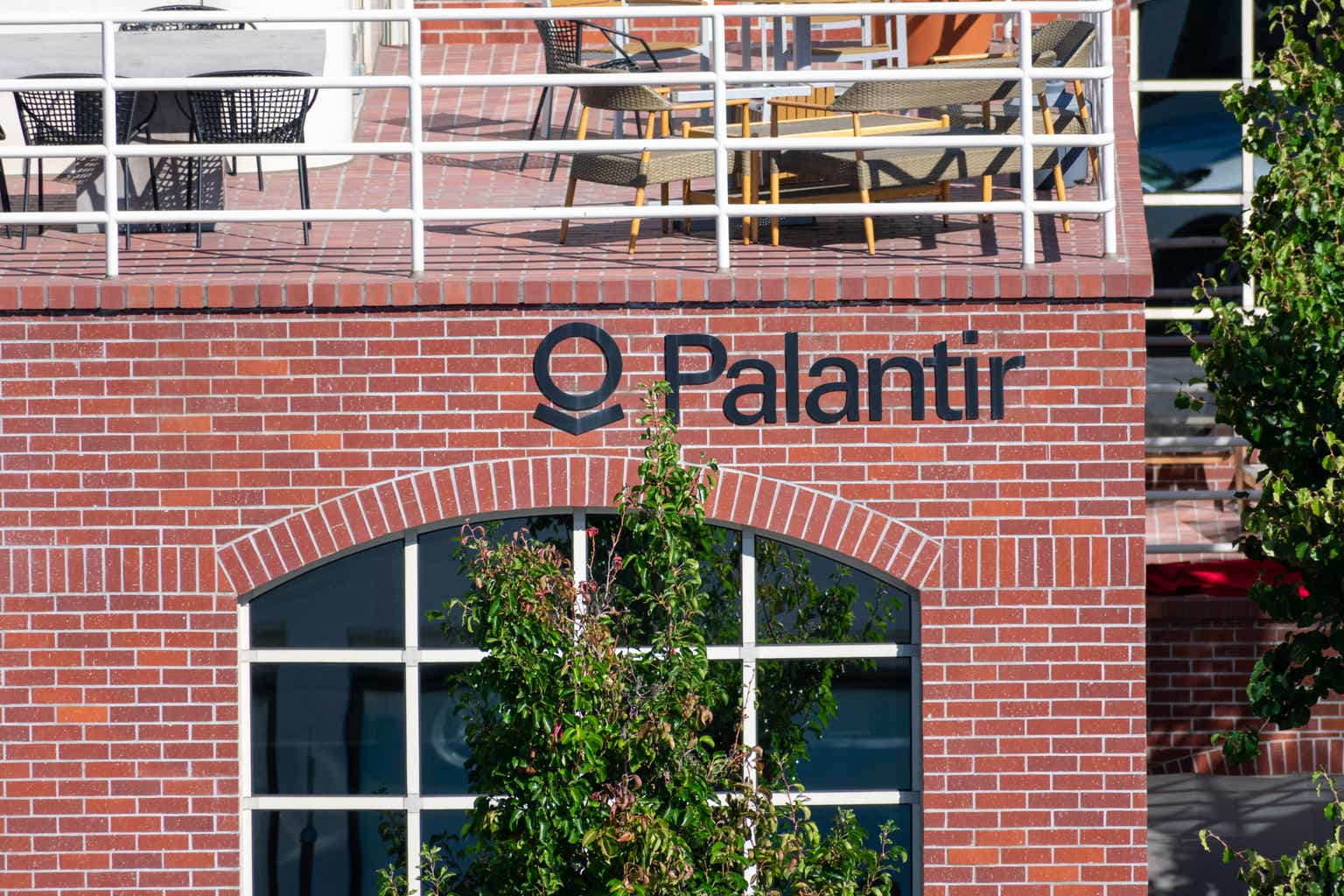The Washington-based lender has also opposed slapping a flood levy on imports, creating a new hole in an already ambitious $32 billion annual financing plan.
The Bank’s decision to withhold approval of the second Resilient Institutions for Sustainable Economy (RISE-II) loan worth $450 million and the second Programme for Affordable Energy (PACE-II) worth $600 million will be a major jolt for the government, The Express Tribune reported.
“The indicative date for (World Bank) Board discussion of the RISE-II project is the fiscal year 2024, which will start on July 1, 2023, and end on June 30, 2024,” a spokesperson told the newspaper.
The Bank’s documents also showed that the PACE-II loan might be approved in the next fiscal year.
The government hoped to receive approval for at least the $450 million loan in January, which would have unlocked another $450 million from the Asian Infrastructure Investment Bank (AIIB) – which had pegged a $450 million loan with the approval of the World Bank’s RISE-II.
The coalition government was already struggling to revive the International Monetary Fund (IMF) programme. The global lender’s latest decision, however, has created a hole of $1.5 billion against the government’s annual financing plan.
Just before the revival of the IMF bailout package in August last year, the World Bank had agreed to enhance its lending envelope to cover a $300 million hole. All this, however, seems to have been lost due to a lack of decision-making from the federal government.
The World Bank spokesperson added that “preparation of the RISE-II operation is underway and the World Bank is working closely with the government toward the implementation of supported reforms”.
For the current fiscal year, the government had hoped to receive $30 billion to $32 billion in foreign financing but the plans now appear unrealistic. The financing plan included loans worth $2.9 billion from the World Bank.
With the current foreign reserves standing at a mere $4.3 billion, Pakistan may not be able to reach June without support from foreign creditors.
The United Arab Emirates is expected to give the county a $1 billion loan and Saudi Arabia is also “studying” the possibility of extending an additional $2 billion. The government, however, has not yet announced dates for the disbursements.
Sources told the newspaper that the World Bank has also communicated that it was opposed to the idea of slapping a 1 per cent to 3 per cent flood levy on imports that the government wants to impose to raise Rs 60 billion to Rs 70 billion in additional taxes and to contain imports.
The flood levy is part of the Rs 200 billion budget that the government is contemplating enforcing in a bid to revive the derailed programme.
The World Bank, however, sees further taxation on imports as a bad policy choice that is discriminatory, distortive and leads to a reduction in the production capacity of the country.
The lender has conveyed its decision to the federal government. As an alternative to imposing an import levy, the government has options like the withdrawal of custom duty exemptions that have been made available to certain groups – these exemptions are protected under the 5th schedule of the Customs Act.
The government has long been claiming that import duties have been imposed to discourage imports. But despite one of the highest import duty rates in the world, Pakistan’s current account deficit (CAD) remains higher, which indicates that these duties have not helped contain imports.
The imposition of duties will further increase biases in favour of a domestic industry that has been overly protected and is not inclined to compete globally. The imposition of the 3 per cent duties on imports will also lead to missing the prior RISE-II policy actions of reducing import taxes.
According to The Express Tribune, the conditions for the RISE-II loan pertain to the country’s fiscal and macroeconomic framework, involving the provinces too. The PACE-II loan aims to “reduce circular debt flow through reducing power generation costs, decarbonising the energy mix, improving efficiency in distribution, and retargeting electricity subsidies”, according to the World Bank website.
















